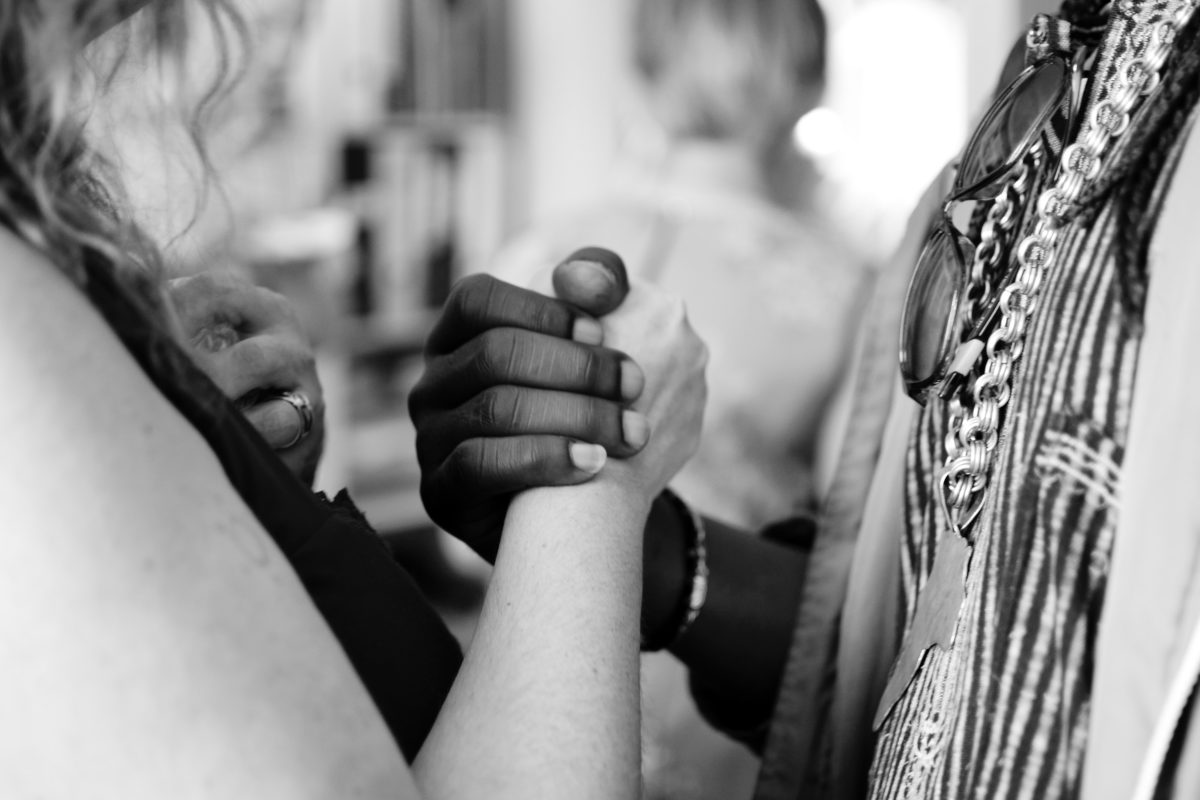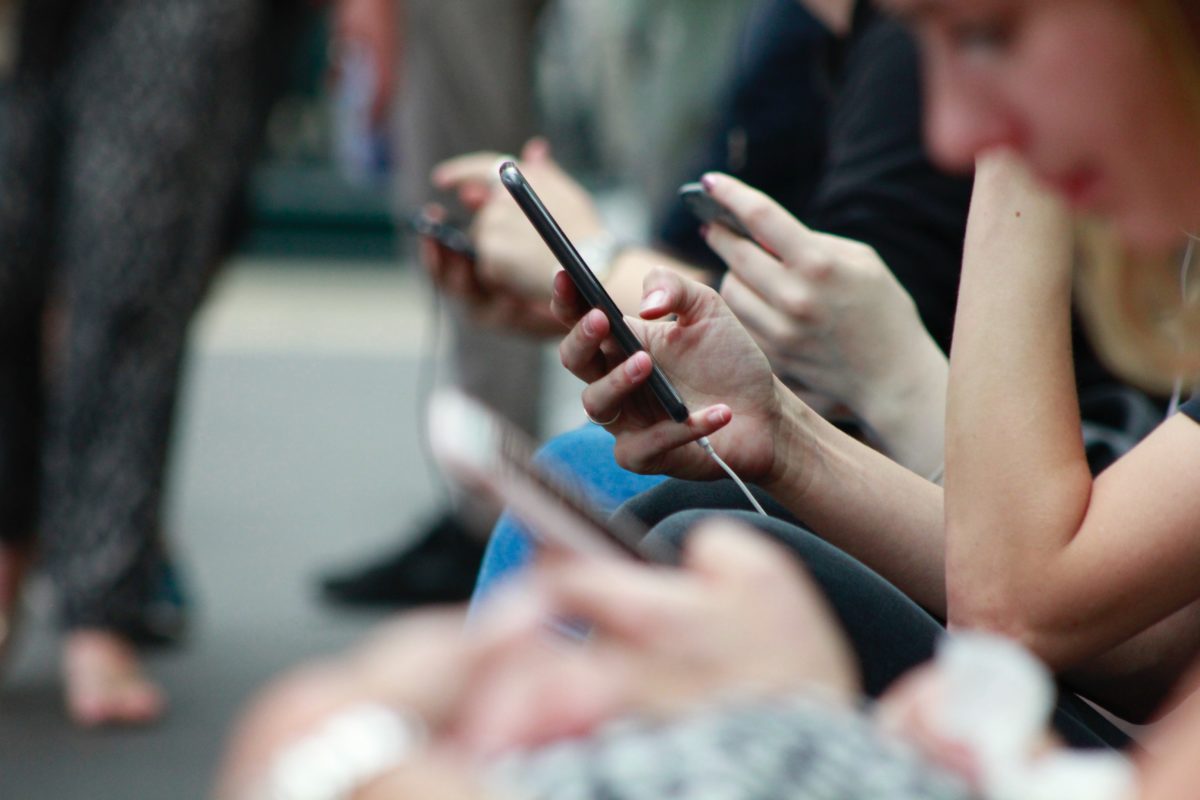How do notable individuals use social media?
Notable individuals use their personal platforms to raise awareness for the things that truly matter to them and promote positivity around the world. Despite the fact that social media can be extremely “self-promotional and weird”, verified users are discovering new ways to use their fame to lead to positive change and motivate others to fight the good fight (Blickley, 2015). These notable individuals have a large audience of people that may really look up to them and by using their platform to bring about good change and awareness on important topics, it only increases the positive use of social media.
What are the benefits of being in the public eye and having a PLN?
Some of the benefits of being in the public eye and having a PLN for career development include the ability to expand your audience and platform to showcase your skills and knowledge out into the work force. Social media has a compounding effect. Your posts can be shared repeatedly, expanding your search beyond your own personal and professional networks. The growth of the internet and social media has made it easy for job seekers and employers to look for prospects in social media platforms. This can be used to your advantage by promoting yourself out to companies that align with your interests, passions, and beliefs. Social media is full of people with diverse skills, knowledge, and experience in different fields. Interaction with the right individuals can guarantee you both personal and career growth. Being in the public eye allows you to establish new connections within your area of specialization, connect with them, and share your knowledge and wisdom.
Building community with online tools provided by the employer can be limiting, what are the perceived restrictions and benefits of having social media directly associated with employment?
As stated by Sophie Lui from this week’s video, having social media directly associated to employment can have its ups and downs. There is a higher chance of a verified user being targeted with criticism, hate, and unlawful behaviour due to their larger platform and high number of followers. On the other hand, the benefits that it brings is the bigger and more impactful voice individuals have when they have such a big audience. In addition, when users are looking for future career positions, it is much easier to be able to connect and engage with others that are of interest.
Delivering information in a connected society requires verifiable resources, how does one build a PLN that can be consistently relied on?
Ways in which an individual can build a reliable PLN is through expertise, invitational rhetoric, and trustworthiness (Kim, 2016). Vendors and key stakeholders want the ability to engage and interact with individuals that have expertise in which they are looking for (2016). By promoting yourself in a professional matter and sharing things on social media that can back up your expertise and passions, it only improves your PLN and credibility. Another way to be reliable on social media is by always engaging with your audience, whether that be replying to comments, questions, or direct messages (2016). Social media audiences are always wanting to sustain a two-way dialogue with intent to listen, respond and incorporate the publics’ comments. By failing to respond and engage with others, it does far more damage than breaking down lines of communication. It can destroy the perception of the individual’s credibility. Trustworthiness is also a huge determining factor in whether an individual’s PLN is reliable (2016). It is important for you to be honest, transparent and reliable on social media.
How do those, who are veteran story tellers, minimize risk in sharing misinformation?
I think a couple of ways that one can minimize the risk of sharing misinformation is by trusting the source, not the sharer. It is found that individuals are more attentive to the sharer than to the original source of an article (O’Conner & Weatherall, 2019). Reputable news sources are the most trustworthy as they have fact checkers employed and strong incentives to report facts accurately (2019). Another way to combat sharing misinformation is by avoiding or fighting confirmation bias (2019). People tend to trust evidence that confirms beliefs they already hold and ignore evidence that pushes against these beliefs. If individuals find themselves only trusting and sharing things that they already believed, that may be an indicator that they are falling into the confirmation bias trap (2019). Lastly, read and share science journalism that covers a whole literature, not a single study (2019). An entire body of evidence that has been gathered by many scientists is less likely to be misleading (2019).
References:
Blickley, L. (2015). How Celebreties Are Using Social Media In A More Positive & Passionate Way. HUFFPOST. Retrieved from https://www.huffingtonpost.ca/entry/celebrities-social-media-for-good_n_6979790?ri18n=true
Kim, M. C. (2016). Four Ways to Gain Credibility in Social Media. Institute for Public Relations. Retrieved from https://instituteforpr.org/four-ways-to-gain-credibility-in-social-media/
O’Conner, C., & Weatherall, O. J. (2019). Six Tips for Avoiding Misinformation on Social Media. Yale University Press Blogs. Retrieved from http://blog.yalebooks.com/2019/03/15/six-tips-for-avoiding-misinformation-on-social-media/




